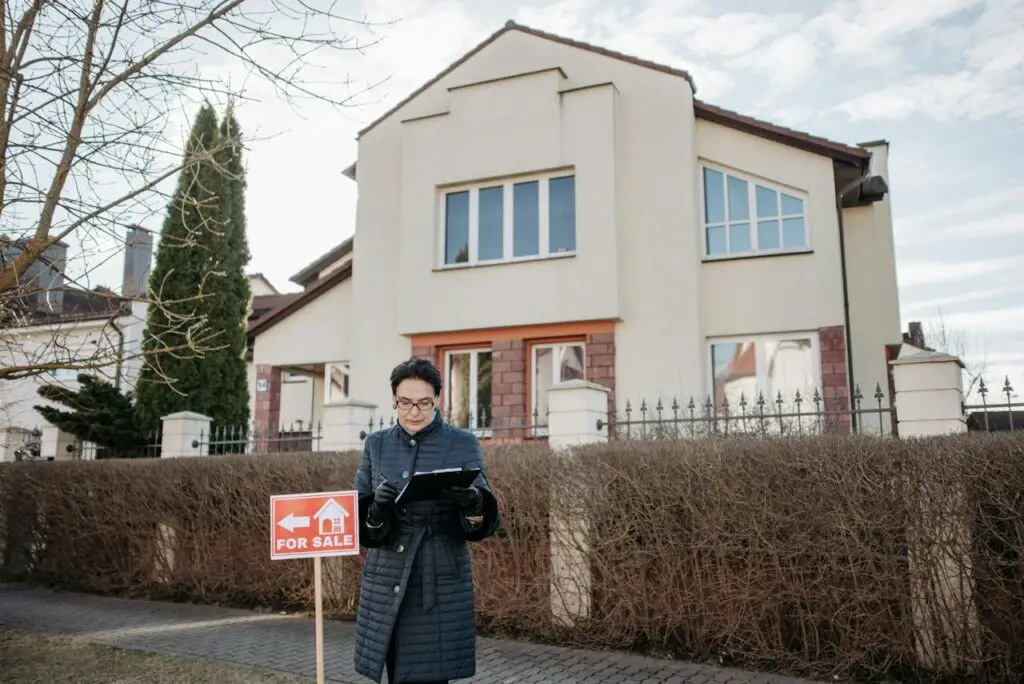When it comes time to sell a property, homeowners are often faced with a critical decision: invest time and money into repairs or sell the house “as is.” While selling a home in its current condition might seem like the quickest and easiest route, it is essential for homeowners to understand the potential financial implications of this choice. This article will explore what it means to sell a house “as is” and the costs associated with this option.
What Does It Mean to Sell a House As Is?
Selling a house “as-is” refers to putting the property on the market in its current state, with no improvements or repairs made by the seller before the sale. In other words, the buyer will purchase the home in the condition it is found, including any visible and hidden issues. This can range from aesthetic imperfections, like peeling paint or outdated fixtures, to more serious structural or mechanical problems.
The appeal for sellers is clear – there’s no need to deal with the hassle of repairs or improvements. This option is particularly attractive to those looking to sell quickly, such as in cases of sudden relocation, financial hardship, or selling an inherited property. However, while it may expedite the selling process, it often means accepting a lower offer, as buyers factor in the cost of addressing the home’s issues.
And it’s important to mention that when a house is sold “as is,” disclosure laws still require the seller to inform potential buyers about known problems. So, it’s not a way to unload a problematic property without consequence. In fact, buyers will likely conduct their own inspections to identify issues that might not have been disclosed.

Factors that Affect How Much You Lose Selling As Is
Selling your house “as is” can be affected by several factors that can either increase or decrease the amount you stand to gain from the sale. From the type of buyer you attract to the current state of the real estate market, each aspect plays a significant role in determining the final selling price of your home. Let’s take a look at what to know about the factors that affect how much you lose selling a house as is:
The Type of Buyer
For starters, the kind of buyer interested in your property can greatly influence how much you’ll ultimately receive from the sale. With this, there are generally two main types of “as is” buyers, which include:
Buyers Looking to Move in the Home
These are typically individuals or families looking for a new place to call home. They might be willing to take on a property that needs some work but will generally expect a lower price to compensate for the cost and effort of making repairs and improvements. Hence, their offer will be influenced by the estimated costs to bring the home up to their living standards and may also be constrained by their available budget and mortgage approval amounts.
Investors Looking to Flip the House or Buy it for Cash
Investors, particularly cash buyers, can be a more flexible option for “as is” sellers. Why? Because these buyers often look for properties they can purchase at a lower price, make improvements, and then sell for a profit. Since they are experienced in estimating and managing repair costs, they can make offers quickly and are often ready to close the deal in a short time frame. This can be advantageous for sellers looking to move on fast, even though the offered price might be lower to account for the investors’ profit margins.
The Condition of Your Home
The condition of your home is another critical factor, and homes that need significant repairs or renovations are likely to sell for less. The fact is that potential buyers will consider the costs of fixing structural problems, updating outdated interiors, or addressing any health and safety concerns and adjust their offers accordingly.
Past Improvements Made
If you have made significant improvements to your home, such as updating the kitchen, renovating bathrooms, or installing a new roof, these can mitigate the reduction in price typically associated with “as is” sales. Again, buyers will assess the quality and recency of these improvements as they consider their offers.
Property Location
The location of your property can either buffer the loss or exacerbate it. What does this mean? Well, homes in desirable neighborhoods or excellent school districts might still attract competitive offers, even if they are sold “as is.” However, properties in less sought-after areas may see a more significant reduction in their selling price.
The Current Real Estate Market
The broader real estate market’s health can also impact how much you stand to lose. In a seller’s market, where demand for homes exceeds supply, buyers may be more willing to take on a property that needs work. In a buyer’s market, however, with many options available, buyers can afford to be more selective, and homes sold “as is” might need to be priced more competitively to attract interest.
Benefits of Selling a House As Is
While we have discussed the potential for receiving a lower offer when selling a house “as is,” it’s also essential to consider the benefits this option can provide to sellers. Here are some of the most notable advantages:
Speed of Sale
One of the most prominent benefits is the potential for a quicker sale. Homeowners looking to expedite the selling process often find that selling “as is” can lead to faster closing times. This is particularly beneficial for those in a situation where they need to relocate quickly or liquidate assets due to financial constraints. There’s no waiting period for renovations or repairs; the house goes straight to the market.
Convenience
Selling a home can be a complex, time-consuming process, particularly when repairs are needed. By selling “as is,” homeowners can avoid the hassle and stress of managing renovations. This can be a significant relief for those without the time, resources, or energy to oversee repair projects.
Cost Savings
Although selling “as is” might result in a lower selling price, homeowners save money by not investing in pre-sale home improvements. Not having to outlay cash for repairs can be a significant advantage, especially for those with financial constraints or who determine that the potential return on investment for renovations is not favorable.
Transparency
An “as is” sale can also offer a level of transparency with potential buyers. Since sellers are required to disclose any known issues, buyers enter into the transaction with a clear understanding of the property’s condition. This can sometimes lead to a smoother sales process, as both parties are on the same page from the outset.
Attracting Cash Buyers
Homes sold “as is” often attract cash buyers or real estate investors looking for properties with potential for improvement. These buyers typically don’t require mortgage financing, leading to a more straightforward, faster closing process. While the offers may be lower, the efficiency and certainty of the sale can outweigh the potential financial downside for many sellers.
In weighing the pros and cons, sellers should consider their individual circumstances, including their timeline, financial situation, and the condition of their property. While there are potential financial trade-offs, the convenience and speed of an “as is” sale can make it a viable option for many homeowners.
How Much Do You Lose Selling a House As Is?
Homeowners who are considering selling their property “as is” are often concerned about how much money they may lose. The truth is that selling “as is” often results in offers between 75% and 95% of the home’s after-repair value. For this reason, it is recommended to gather multiple offers in order to get a better perspective. Plus, it’s important to keep in mind that the speed and convenience of selling “as is” can sometimes offset the potentially lower offer.



